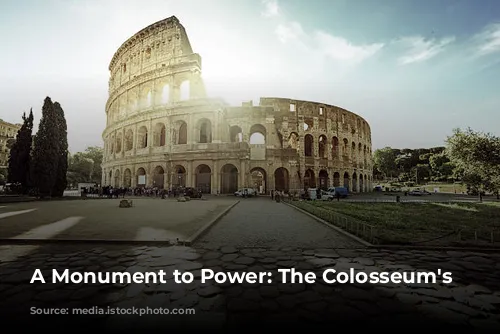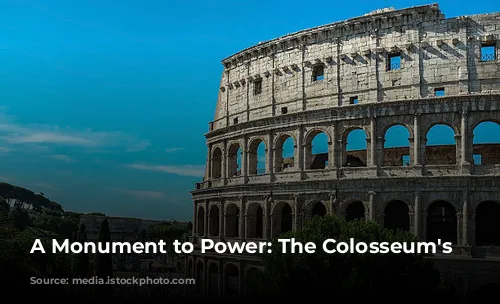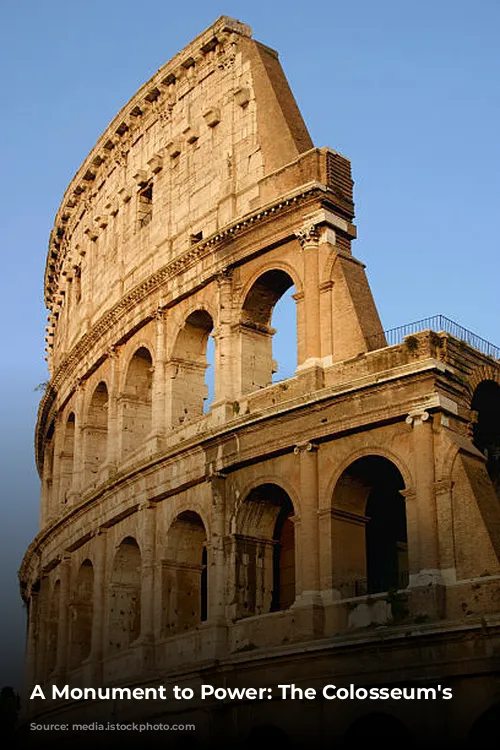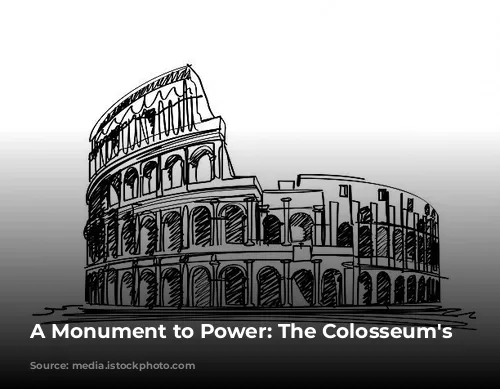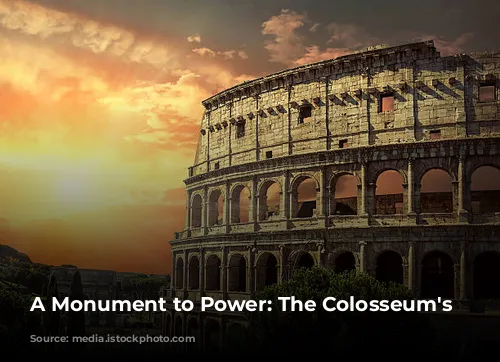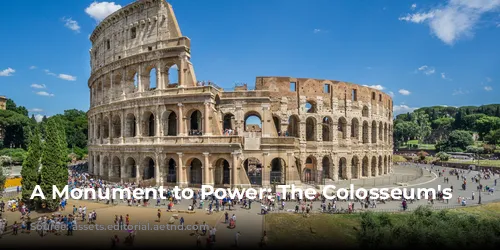The Colosseum, also known as the Flavian Amphitheater, stands as a magnificent testament to ancient Rome’s architectural prowess and its love for grand spectacles. Built during the first century AD, this iconic structure is not only a symbol of the Roman Empire’s power but also a fascinating window into the social and political landscape of the ancient world.

A Symbol of Resurgence
After decades of turmoil and destruction, Rome found its footing under the rule of the Flavian Dynasty, spearheaded by Emperor Vespasian and his sons, Titus and Domitian. This dynasty embarked on a monumental rebuilding project to restore the city to its former glory, utilizing the spoils of war from the conquest of Jerusalem. The Colosseum, built in the heart of the city, served as a powerful symbol of this resurgence, demonstrating the Flavian Dynasty’s might and ambition.
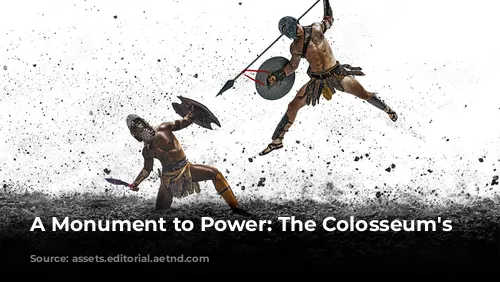
An Architectural Masterpiece
The Colosseum was not only a symbol of power but also a marvel of engineering. This colossal amphitheater, the largest and most complex permanent one of its time, was built with an impressive array of materials, including concrete, travertine, marble, stone, and timber. Towering over 157 feet high, it could accommodate a staggering 50,000 to 80,000 spectators.
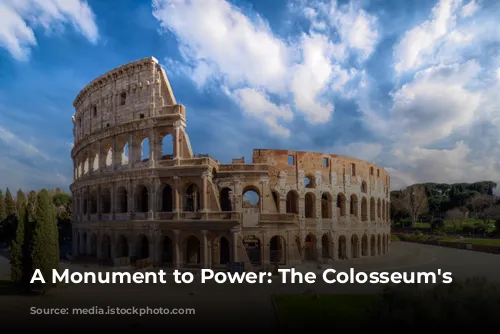
Erasing the Past, Championing the Present
The Colosseum’s construction was more than just a building project; it was a strategic maneuver. Built on the site of Nero’s lavish estate, known as the Domus Aurea, it symbolized the Flavian Dynasty’s rejection of Nero’s excesses and their commitment to a new era of stability and order. The Colosseum became a powerful symbol of the Flavian dynasty’s success in restoring Rome to its former glory.
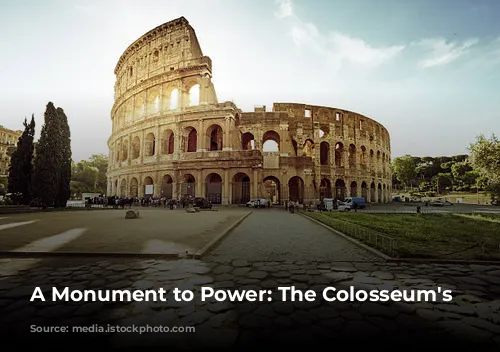
Reinforcing Social Order
Beyond its architectural grandeur, the Colosseum served as a microcosm of Roman social hierarchy. Seating arrangements were carefully designed to reflect the rigid social order of the time. The best seats were reserved for the elite, including the Emperor and senators, while commoners were relegated to the upper tiers. This seating arrangement reinforced Roman social norms, showcasing the Flavian Dynasty’s commitment to preserving traditional power structures.
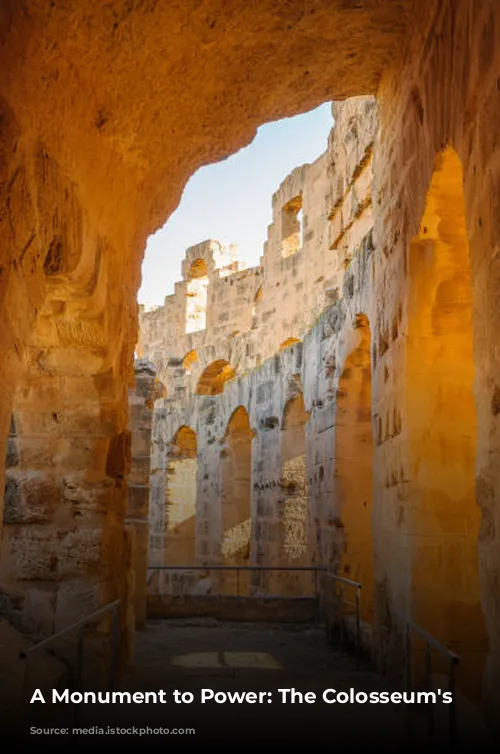
A Masterpiece of Engineering
The Colosseum’s design incorporated numerous ingenious features that facilitated a smooth and controlled flow of people. The four entrances for dignitaries and the 76 entrances for ordinary citizens allowed for the efficient movement of spectators. The complex network of corridors and tunnels beneath the arena floor, known as the hypogeum, housed props, scenery, and performers, showcasing Roman engineering ingenuity.
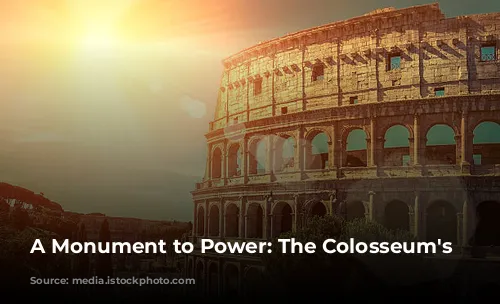
The Colosseum’s Architectural Legacy
The Colosseum’s construction marked a departure from earlier, temporary wooden amphitheaters. Its use of concrete enabled the creation of a permanent, massive structure, setting a new standard for architectural innovation. The Colosseum’s use of arches, vaults, and columns influenced subsequent architectural designs, while its drainage system and retractable awning demonstrated Roman ingenuity in addressing practical concerns.

The Colosseum’s Enduring Legacy
While its original purpose was to host gladiatorial contests and other spectacles, the Colosseum’s legacy extends far beyond its gladiatorial past. It stands as a symbol of Roman power, architectural genius, and social structure. Its influence can be seen in countless modern stadiums, reflecting the enduring impact of its design principles.
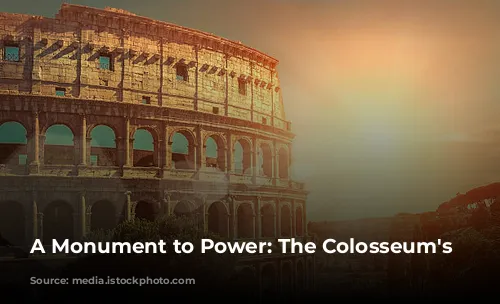
The Mystery of the Colosseum’s Construction
While the Colosseum’s grandeur is undisputed, the details surrounding its construction remain shrouded in mystery. Although many believe that the Colosseum was partly financed with the spoils of war from Jerusalem, the exact source of its funding and the specific labor force remain unclear.
The Colosseum’s history continues to fascinate scholars and visitors alike. It’s a powerful reminder of the ingenuity and complexity of Roman civilization, and its enduring presence serves as a testament to the enduring power of human creativity and ambition.
